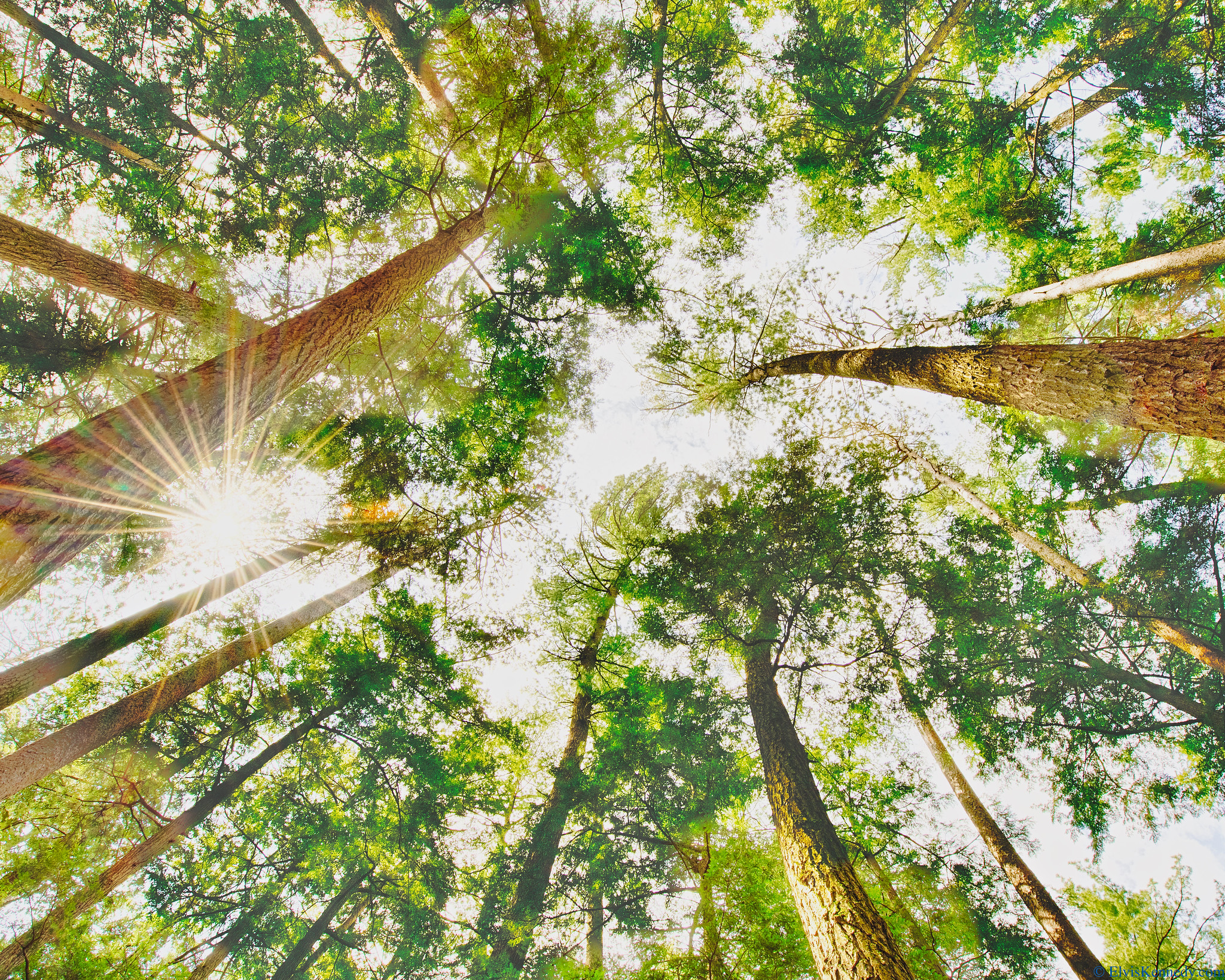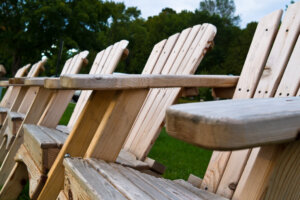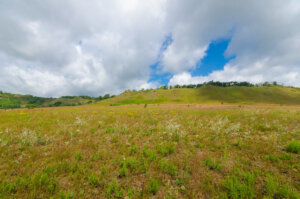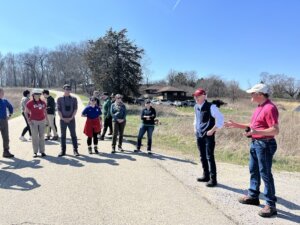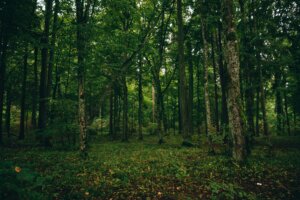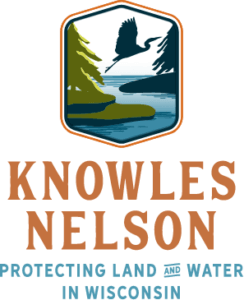Wisconsin Public Radio reports that the U.S. Forest Service has released a draft environmental impact statement outlining plans to conserve older forests and limit logging across 122 national forests, including Wisconsin’s Chequamegon-Nicolet Forest. This initiative follows President Joe Biden’s executive order from two years ago that called for protecting old-growth forests while making them more resilient to climate change and reducing wildfire risks.
The plan has sparked debate between conservation groups and logging industry advocates. While the proposal introduces new protective measures, it stops short of implementing an outright ban on old-growth forest logging. Conservation organizations like Sierra Club Wisconsin and the Environmental Law and Policy Center (ELPC) argue this doesn’t provide sufficient protection.
“The value that these older trees have, and these areas that have a healthy mix of ages of trees are so precious, and the current amendment would allow for harvesting in these areas,” said Cassie Steiner, senior campaign coordinator with the Sierra Club.
In contrast, the Great Lakes Timber Professionals Association contends that existing planning processes already adequately protect old-growth trees, noting that Wisconsin has designated old-growth forest areas already excluded from logging. Currently, about 61,000 acres (4%) of the Chequamegon-Nicolet National Forest contains old-growth trees.
The ELPC says more areas need protection, pointing to heavy logging of old trees. They highlight two examples: the Peerless project in Bayfield County and the Fourmile project, which would log 12,000 acres in Oneida, Vilas, and Forest counties. The ELPC wants to stop the Fourmile project, noting that most of these trees are over 80 years old.
The Great Lakes Indian Fish and Wildlife Commission, which speaks for Wisconsin’s Ojibwe tribes, has its own concerns. They say the Forest Service’s definition of old trees is too narrow and want half of each national forest protected. They’re also asking the Forest Service to include tribal knowledge when making decisions about logging and protecting old trees.
Featured image by Elvis Kennedy, 2016

